28.08.2017

We start with the entrance-series in photography. I will bring close the fundamentals of photography for a better understanding and just to take better photos. Leave a comment for any questions or ideas.
The Exposure
There are three possibilities how to control the brightness of a photo. One of them is the exposure or the shutter speed. This describes how long the shutter is letting light falling on the sensor (or the film for the nostalgics). So the correct term would be exposure time. You longer expose the sensor the image will get brighter and brighter. If you wanna get a sharp image the camera should be hold still or be mounted on a tripod during the exposure. Otherwise you get light trails or just a blurry image.
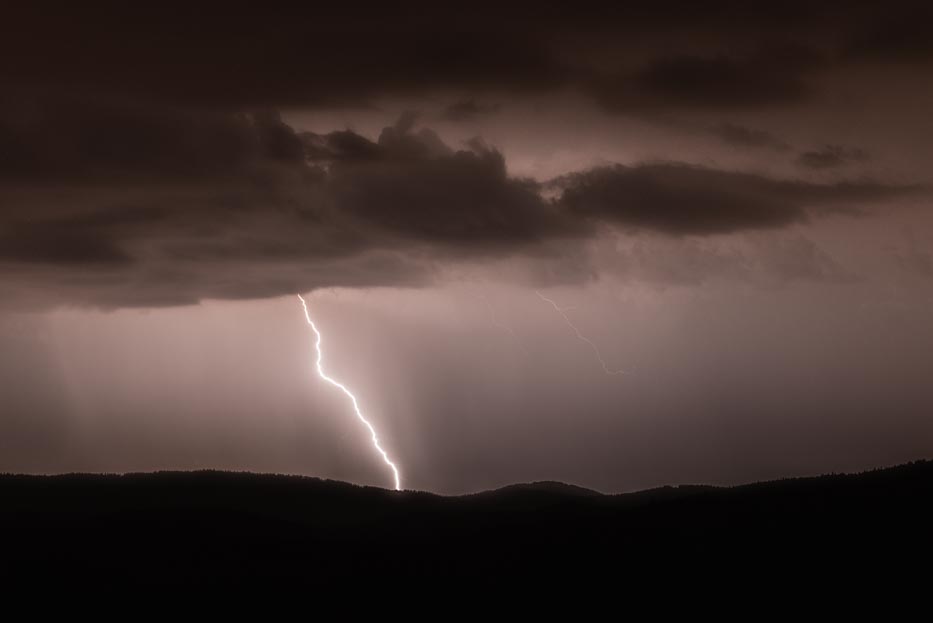
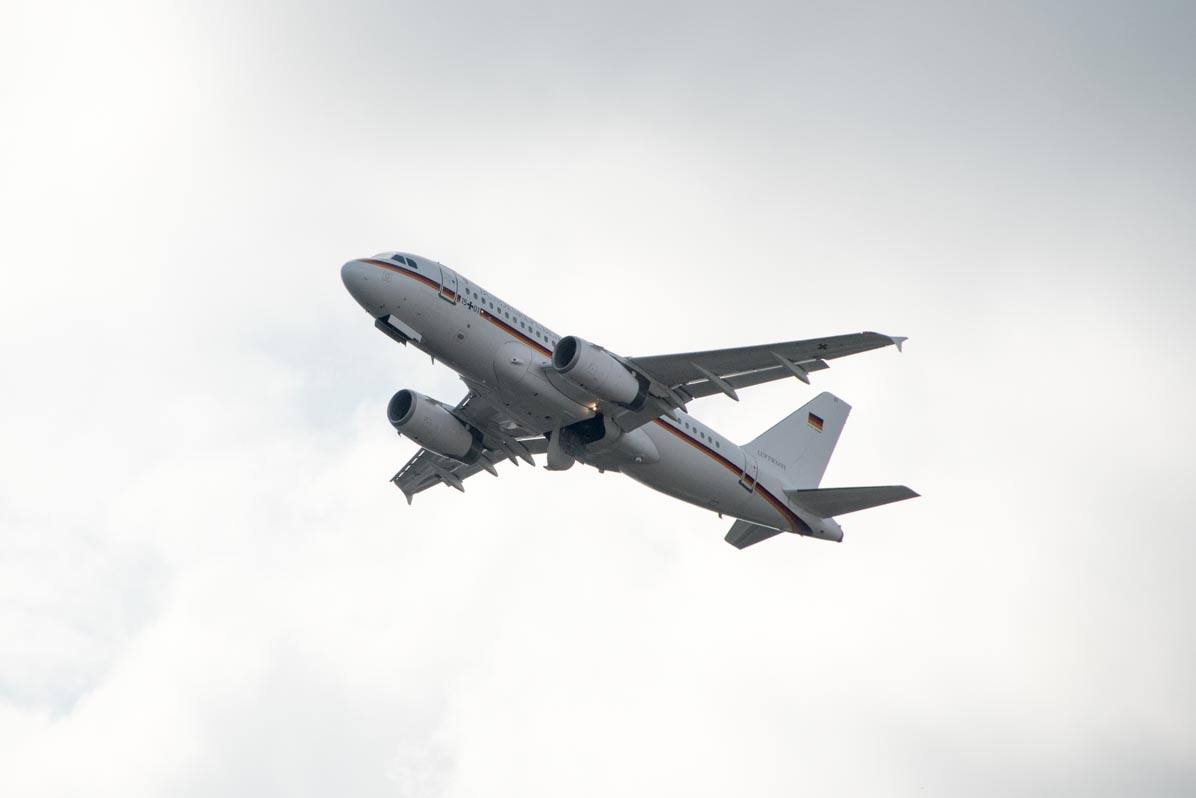
The most cameras are offering exposure times from 30 seconds to 1/8000th of a second. You want to take a photo in the dark or want to capture a scene with weak light conditions? Then you need a tripod and a long exposure time. You want to freeze a fly during flight? Then you need a short exposure time. Both examples read a bit special but illustrate how the exposure time work.
The two sample images above have a completely different exposure time: the image with the lightning was 166 seconds exposed. The plane was only for 1/4000th of a second exposed to freeze it in the air.
This is the logic part of exposure. When you expose the sensor the camera should be hold still. But the exposure is also a creative instrument:
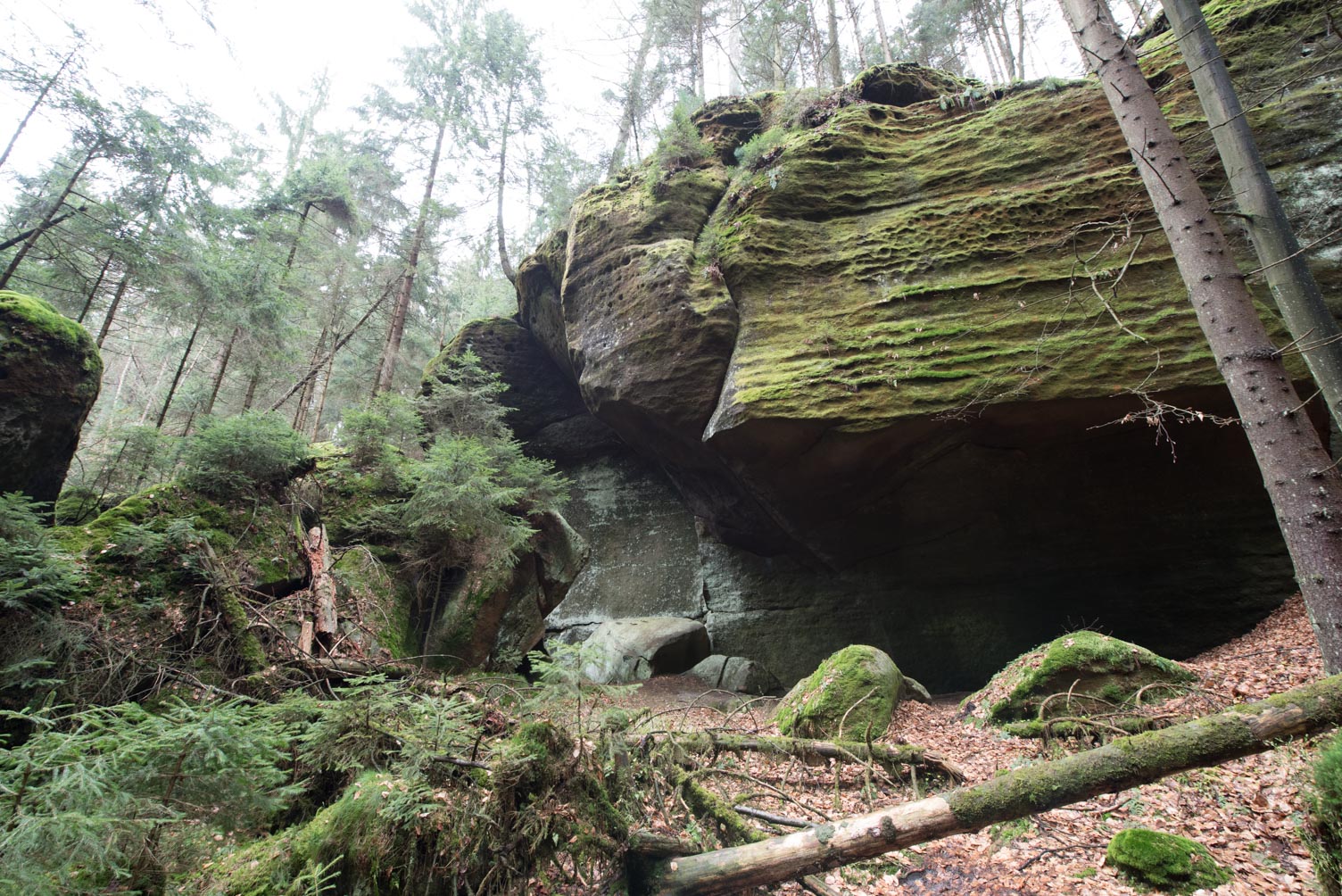
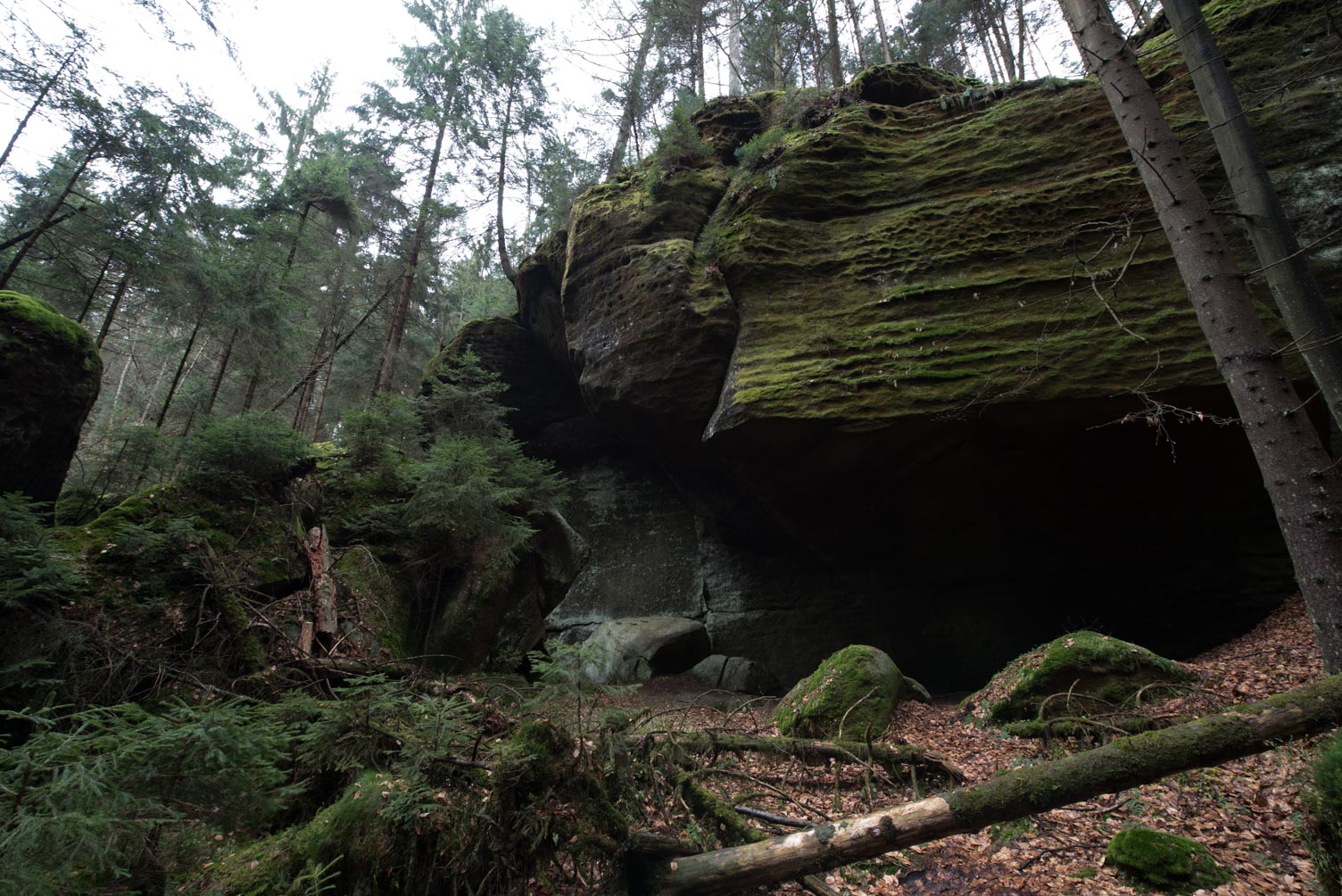
The left picture shows the “correct” exposure respectively what the metering has measured before the shutter was triggered. The right picture is showing a corrected exposure on a creatively way. The darker tones making it more dramatic and attractive for the human eye.
The key for a successful exposure is to keep this formula in mind: the exposure time should never fall under the size of focal length you have. If you shoot with 50 mm focal length the exposure time should never fall under 1/50th of a second. With this limit you can take sharp images. Nowadays there are very useful helpers like the VR on Nikon or IS on Canon cameras. These helpers allow you to fall below this limit. With activated stabilization I’ll get a sharp image even at 1/25th of a second and if you have really calm hands with another bit longer exposure time.

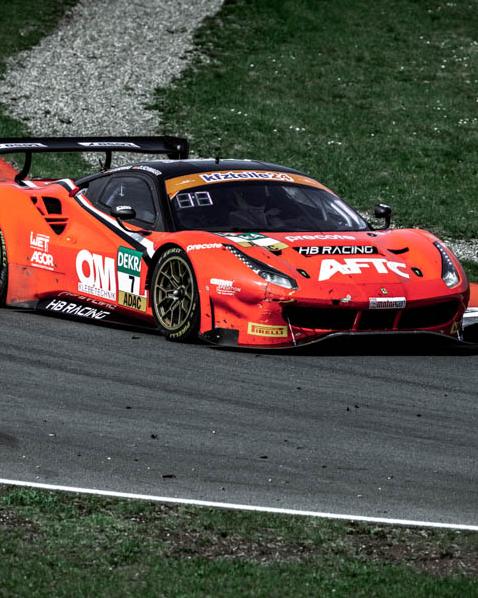
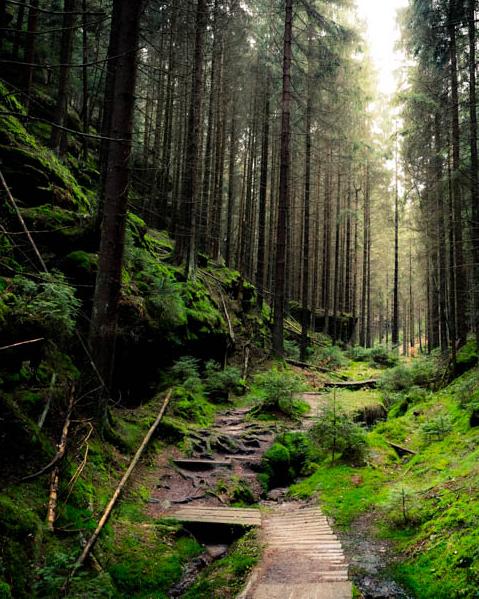
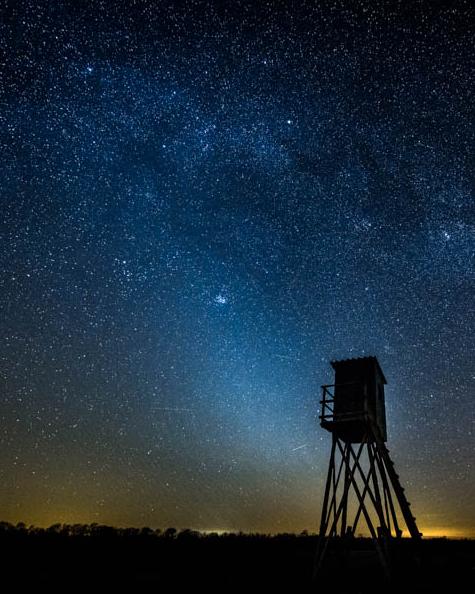
Report
My comments